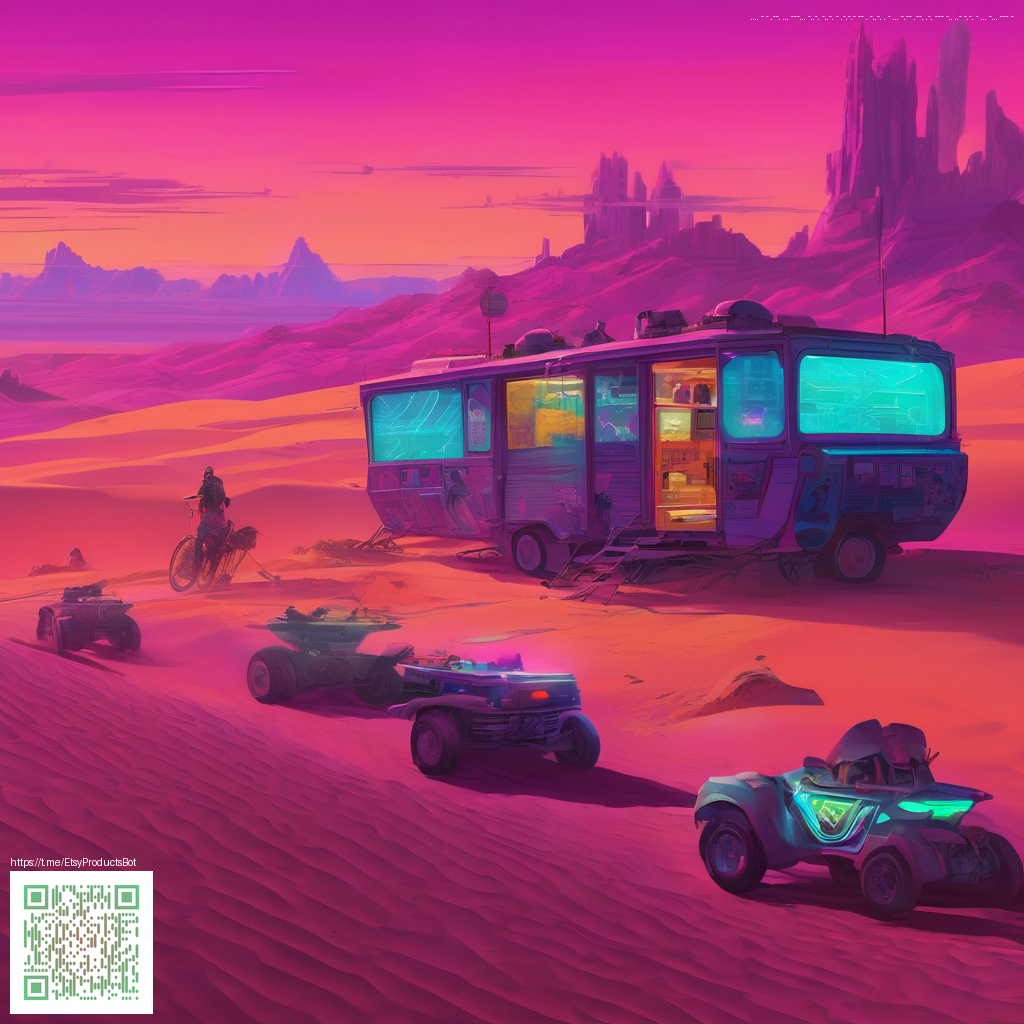
A Platform-Jumping Prince: History of Prince of Persia's 1990s Ports
When Prince of Persia first leaped into our lives, it did so with a singular promise: precision, patience, and a sense that every step forward could be fatal if misjudged. The 1990s expanded that promise far beyond its original home on DOS and early home computers, carrying the prince into living rooms and pocket-sized screens across a range of platforms. This era didn’t just port a game; it translated a delicate dance of timing and animation to hardware with different clocks, memory, and controls. The result was a tapestry of adaptations that kept the core experience intact while revealing new quirks and opportunities on each device.
Central to Prince of Persia's appeal was its rotoscoped animation—a visual language that made a leap feel tangible, the prince’s cape catching air as he threaded through spikes and crumbling corridors. Translating that fluid motion to 1990s hardware meant more than resizing sprites. It required retooling frame timing, memory management, and input schemes so that a button press could reliably trigger the same precise move. On slower machines, developers faced a delicate balance: preserve the feel of a razor-thin margin for error while smoothing out the frame rates enough to keep the game manageable. In practice, that balance often defined the personality of each port, turning some versions into near-clones and others into distinctly different plays that still honored the original’s spirit.
The challenge of crossing hardware boundaries
Across the decade, designers confronted a spectrum of constraints. Some platforms offered rich color palettes but limited memory, others sported fast CPUs yet struggled with smooth animation. The result was a set of compromises that shaped each port’s rhythm. On handheld or console-adjacent systems, for example, developers trimmed cutscenes, simplified enemy patterns, and recalibrated timing windows so that a “perfect run” remained achievable despite the hardware’s quirks. On desktop machines in the late 1990s, more horsepower allowed for cleaner animation and more generous saving options, but even then, the sense of peril—the shaking corridor, the narrow ledges, the precise wall jumps—had to stay intact.
What stands out in retrospective notes is how these ports treated control schemes. The original relied on careful keyboard and timed inputs; some ports leaned into joystick support, others into gamepad textures and button layouts that users might not have fully anticipated. In every case, the goal was to preserve the crisp, almost surgical, timing that made the prince’s leaps feel earned rather than accidental. The most successful adaptations are the ones that didn’t merely scale pixels but translated the risk-reward loop of a narrow climb into a familiar, accessible package. When an adaptation balked at a jump and forced the player to rethink a route, it reminded us that porting is as much about rhythm as it is about resolution.
- Amiga — A faithful rendering of color and atmosphere, leveraging the system's graphics capabilities while negotiating memory limits. The Amiga port kept the level’s geometry faithful and offered a smooth presentation that many players remember fondly for its polish.
- Atari ST — A sibling to the Amiga in spirit, the ST version faced its own timing quirks. Its performance highlighted how a shared design philosophy could lead to strikingly similar experiences, even as hardware differed in subtle ways.
- Macintosh — A desktop revival that introduced players to the prince through a different UI lens. The Macintosh port benefited from cleaner audio handling and the era’s typical emphasis on a more expansive mouse-and-keyboard interaction.
- Game Boy and other handhelds — Portable adaptations condensed levels and visuals to fit small screens, demanding tighter pacing and leaner animation. These versions proved that intensity and memorability could survive even when the stage grew smaller and the clock harsher.
As the decade wore on, these ports fed into a larger conversation about game design as cross-platform craft. The prince’s leaps reminded developers that the essence of a game can survive multiple skins if the core mechanic—timing, forethought, and careful risk—remains the same. Some ports embraced additional enhancements, while others respected fidelity at the cost of minor tradeoffs. Either way, the lineage of these 1990s versions demonstrates a shared commitment to translating an edge-of-your-seat platformer into a variety of hardware contexts without losing its heart.
Porting Prince of Persia wasn’t about duplicating pixels; it was about translating a stubborn, physics-driven moment into a moment you could live inside—no matter the screen, keyboard, or controller in front of you.
Today, the 1990s ports are as much about history as they are about play. They reveal how a game with a nearly cinematic sense of motion could travel across platforms, wearing each device’s personality with quiet pride. The prince’s platforming mastery became a benchmark for future adaptations, a reminder that accessibility and precision don’t have to stand in opposition. Those years of careful port work helped widen the audience for Prince of Persia and, in doing so, laid groundwork for the era when designers would push for fluid animation, tighter timing, and more flexible controls across generations of hardware.